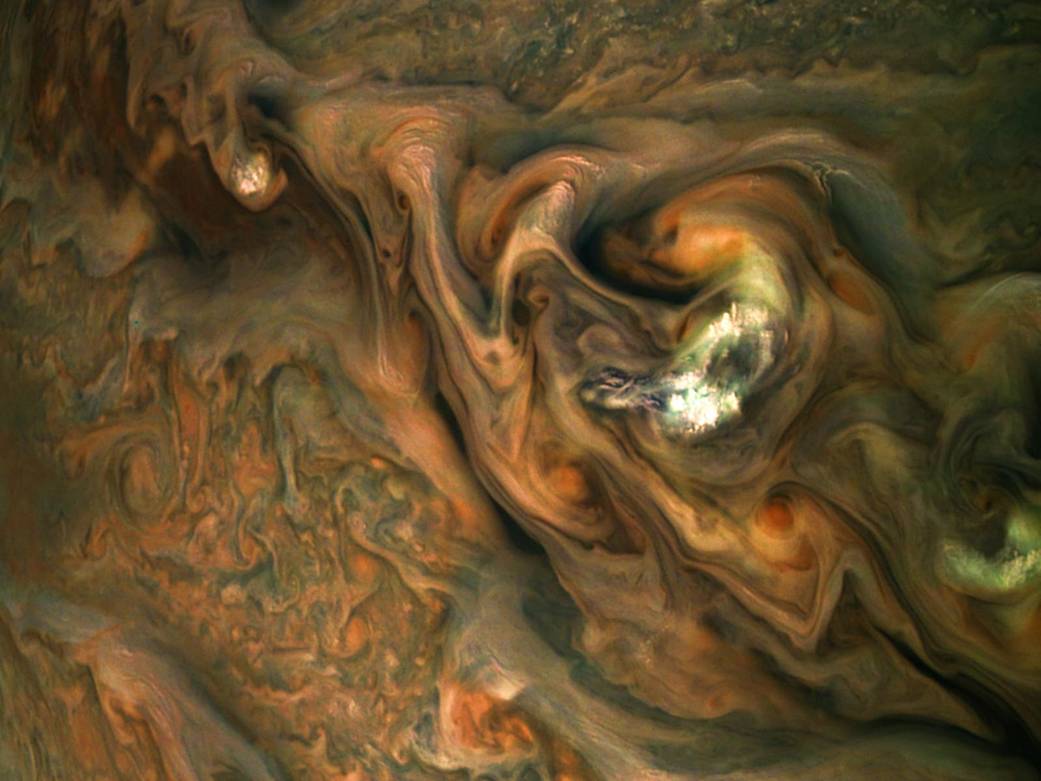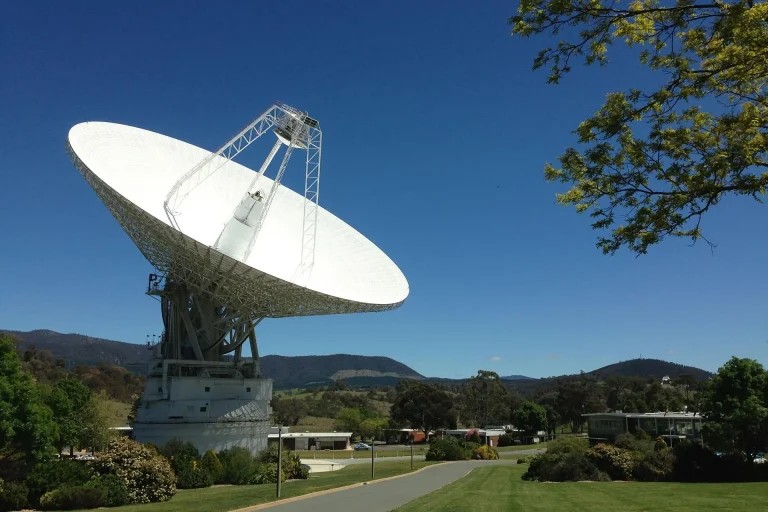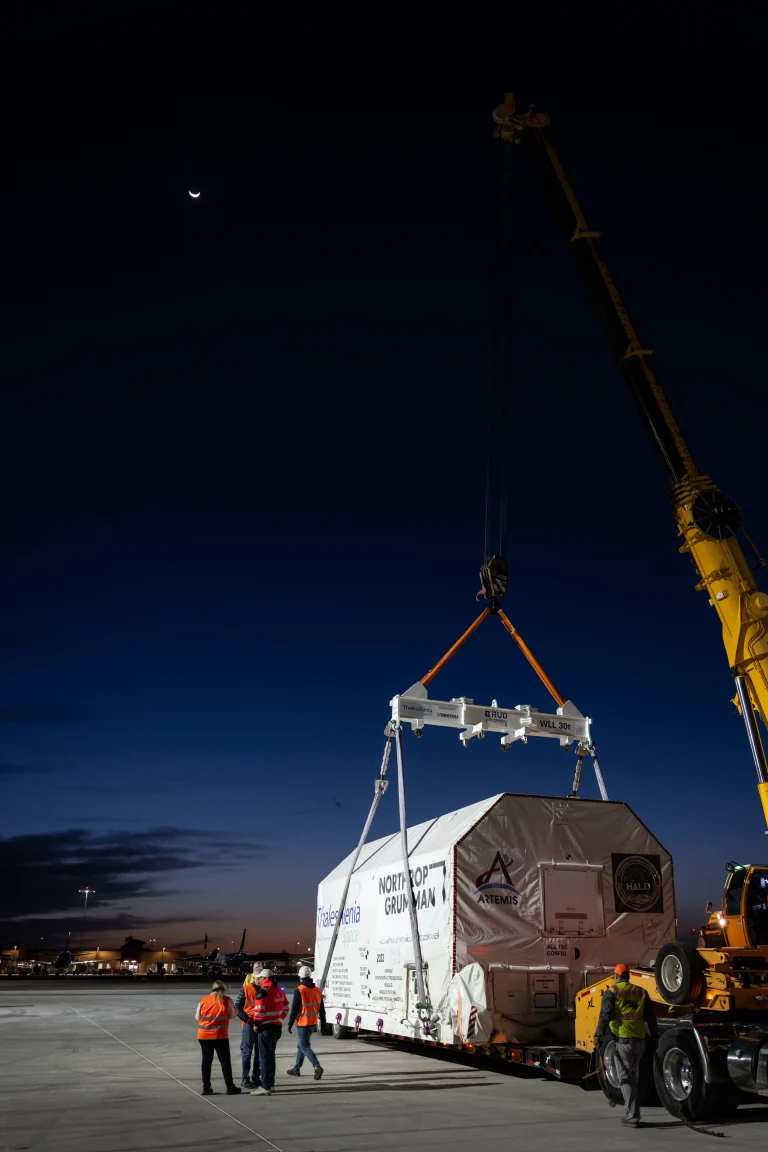This view from NASA’s Juno spacecraft captures colorful, intricate patterns in a jet stream region of Jupiter’s northern hemisphere known as “Jet N3.”
Jupiter’s cloud tops do not form a simple, flat surface. Data from Juno helped scientists discover that the swirling bands in the atmosphere extend deep into the planet, to a depth of about 1,900 miles (3,000 kilometers). At center right, a patch of bright, high-altitude “pop-up” clouds rises above the surrounding atmosphere.
Citizen scientist Gerald Eichstädt created this enhanced-color image using data from the spacecraft’s JunoCam imager. The original image was taken on May 29, 2019, at 1:01 a.m. PDT (4:01 a.m. EDT) as the Juno spacecraft performed its 20th close flyby of Jupiter. At the time the image was taken, the spacecraft was about 6,000 miles (9,700 kilometers) from the tops of the clouds, at a latitude of 39 degrees north.
Image Credit:NASA/JPL-Caltech/SwRI/MSSS/Gerald Eichstadt
这张由美国宇航局“朱诺”号宇宙飞船拍摄的照片,捕捉到了木星北半球一个名为“Jet N3”的喷射流区域丰富多彩、错综复杂的图案。
木星的云顶不是简单的平面。来自“朱诺”的数据帮助科学家们发现,大气中的漩涡带深入到木星深处,深度约为1900英里(3000公里)。在中间偏右的地方,一团明亮的高空“弹出式”云从周围的大气中升起。
公民科学家Gerald Eichstadt利用宇宙飞船的JunoCam成像仪的数据,创造了这张经过增强的彩色图像。原图拍摄于2019年5月29日美国太平洋时间凌晨1点01分(美国东部时间凌晨4点01分),当时“朱诺”号宇宙飞船正在对木星进行第20次近距离飞越。在拍摄这张照片时,飞船距离云层顶部约6000英里(9700公里),纬度为北纬39度。
图片来源:NASA/JPL-Caltech/SwRI/MSSS/Gerald Eichstadt







